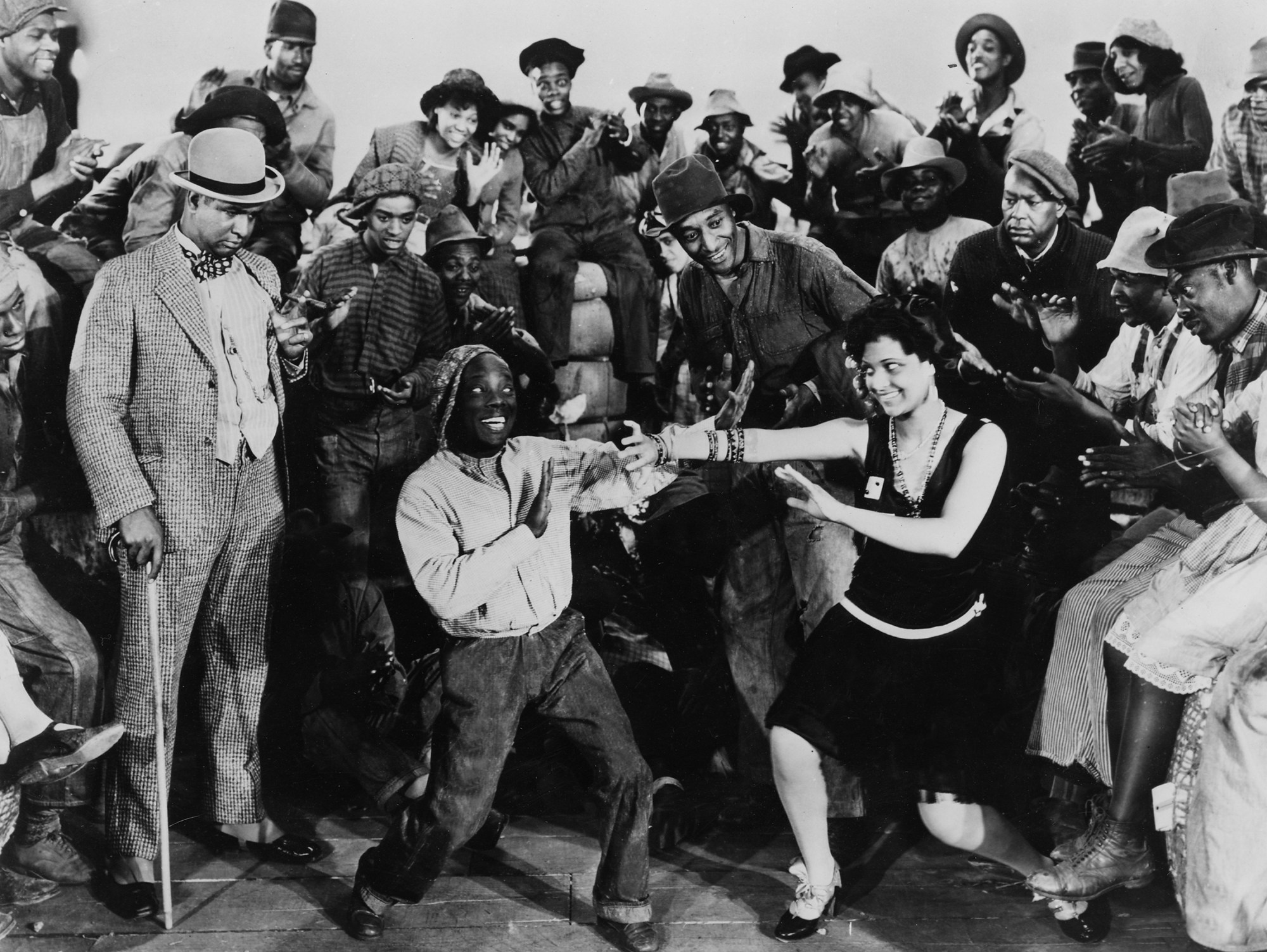
- Film
- MLK Day
‘Hallelujah’ (1929): Hollywood’s First All-Black Musical
Hallelujah, a pre-Code feature, is considered to be the first all-Black musical. Remarkably, the innovative director King Vidor was able to make a rather “personal” project within the studio system, despite initially strong discouragement of MGM’s conservative heads.
On some level, MGM was right, knowing that the film would likely be banned in the Deep South. But Vidor, who had previously made the bold and inventive silent movies The Big Parade and The Crowd, insisted on making a morality tale and, ultimately, a spiritual story of redemption. It starred Black people as the story’s main characters.
In his memoirs, the Texas-born and Golden Globe nominee Vidor discusses his familiarity with the African American experience, including his participation in mass baptisms and religious ceremonies of the employees at his father’s lumber mills. To appease MGM, Vidor offered to direct Hallelujah without getting any salary.
The decision to shoot on location in Tennessee was problematic, too. This was the beginning of the sound era, and the existing technology was not particularly suitable for exterior scenes. As a result, Vidor decided to shoot most of the tale as a silent feature and post-dub the sound in the studio’s labs.
By today’s standards, the plot is stereotypical and condescending. By the standards of the era, it was considered realistic, even daring.
Screen debutante Nina Mae McKinney plays Chick, a seductive young woman who disrupts the stability of a Black sharecroppers’ community. Daniel L. Haynes co-stars as Zeke, an innocent, impressionable youngster who is moved to killing for the sake of Chick. Close to and dependent on his mother (Fannie Belle DeKnight), Zeke turns to religion to ease his grief. In the hopeful ending, vowing to change his ways, he becomes a preacher and is welcomed back into the community.
Other members of the cast were non-professional actors, such as Harry Gray, who worked as a janitor at a newspaper in Harlem, New York.
Vidor’s crew was racially mixed and included Harold Garrison as an assistant director. Black female choral conductor Eva Jessye was the musical director. She would later collaborate in the same capacity with George Gershwin on the 1935 Porgy and Bess.
The film contains two scenes of “trucking,” a contemporary dance craze where the participants make movements backward and forward, with no actual change of position, while moving the arms like a piston on a locomotive wheel.
A vital sequence is set in the dancehall, where Nina Mae McKinney performs Irving Berlin’s “Swanee Shuffle.” Although filmed in a New York studio using Black actors, the sequence depicts a black dancehall still echoing with the roots of classic jazz. This was in contrast to most Hollywood films of the period, which tended to sanitize Black music to appeal to appease white viewers.
Nina Mae McKinney, hailing from the 1928 stage production of Blackbirds, portrayed the object of desire and was the first known actress to play a Black prostitute. One of the era’s most beautiful women, she was dubbed by some critics as “the Black Garbo” when touring Europe in the 1930s.
The dense music score includes, in addition to jazz, spirituals, folk tunes and songs by Irving Berlin. Given the technology at the time the soundtrack was a technical achievement, employing a much wider range of editing and mixing techniques than was generally used.
Exhibitors were worried that white audiences would stay away due to the Black cast. They hosted two premieres, one in Manhattan and one in Harlem. The Black people who came to watch the film in Manhattan were forced to sit on the balcony.
As MGM had predicted, many Southern cinema houses were reluctant to show the film, fearing that too many Blacks would attend. Some independent exhibitors gave the film a try.
Seen from today’s perspective, Hallelujah invites criticism for its old-fashioned stereotypes. Black characters are mostly depicted as naive idealistic farmers and/or simplistic individuals. They all seem motivated by expressive emotions rather than rational conduct.
In the end, Hallelujah was more of an artistic and critical achievement than a commercial box-office success. It would take another decade or so before Hollywood would dare produce other all-Black musicals, such as the 1943 Cabin in the Sky. It starred Lena Horne and marked the impressive feature directing debut of Golden Globe winner Vincente Minnelli, better known now for directing two classic musicals and Golden Globe Winners for Best Comedy or Musical An American in Paris and Gigi.
Warner Bros., which own the rights to Hallelujah, added a disclaimer at the opening of the archive edition: “The films you are about to see are a product of their time. They may reflect some of the prejudices that were common in American society, especially when it came to the treatment of racial and ethnic minorities. These depictions were wrong then and they are wrong today. These films are being presented as they were created because to do otherwise would be the same as claiming these prejudices never existed.”
In 2008, Hallelujah was selected for preservation in the United States National Film Registry by the Library of Congress as being “culturally, historically, or aesthetically significant.”